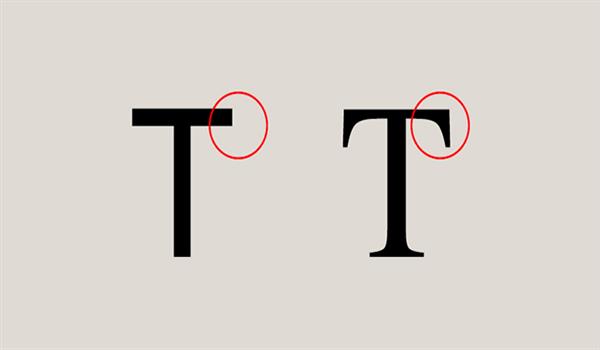Serif and sans serif are two of the most commonly used font categories in typography. The main difference between the two is that serif fonts have small decorative lines at the end of each stroke, whereas sans serif fonts do not.
Serif fonts have been around for centuries and were developed in the early days of printing when typefaces were carved into wood or metal. Serifs were added to these typefaces to make them easier to read and to guide the eye along the text. Serifs can be found in various shapes, such as bracketed, slab, or tapered, and they can convey different moods and styles, from traditional and classic to elegant and sophisticated.

In contrast, sans serif fonts were developed in the late 19th century as a response to the growing need for simpler, more modern typefaces. They have a clean, minimalistic look and are characterized by their lack of serifs. Sans serif fonts are often used for headings, titles, and signage, as they are easy to read at a distance and have a modern and contemporary feel. They can convey a sense of simplicity, clarity, and efficiency, and are often associated with technology and innovation.
Another key difference between serif and sans serif fonts is their legibility. Serif fonts are believed to be more legible in printed text, especially for long-form content, as the serifs help to guide the reader's eye along the text and create a rhythm that is easier to follow. Sans serif fonts, on the other hand, are considered more legible on screens, as the absence of serifs can reduce the visual noise and make the text easier to read on low-resolution screens.